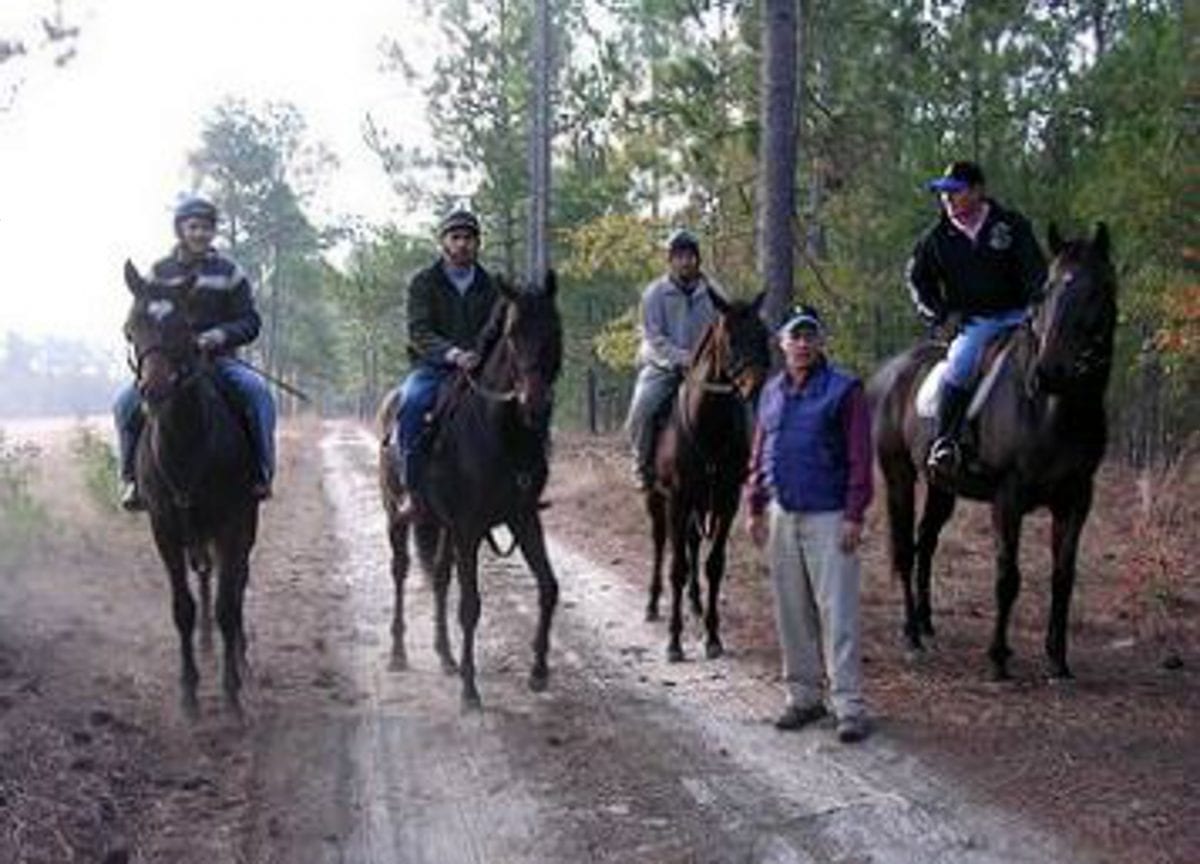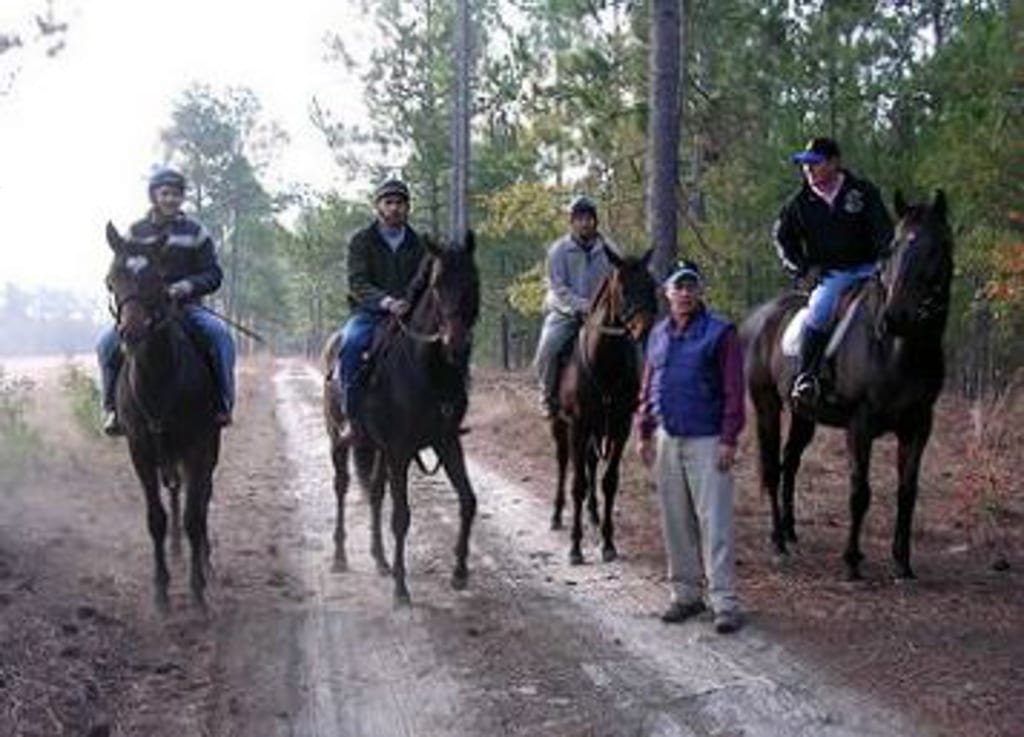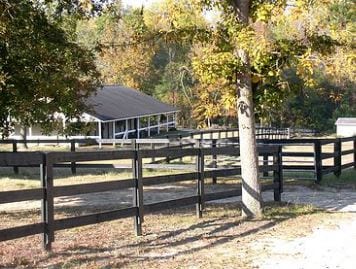A sponsored story
For most folks around racing, the weeks and months following the Breeders’ Cup are something of a breather.
Only a handful of Grade 1 races remain. The turf horses and most top-class runners are heading to the farm for some down time. Even many handicappers choose to take some time away to recharge.
Not so for the folks who turn yearlings into stylish sales prospects or speedy runners, however. For them, now’s when it starts to get busy.
“It’s a very exciting time for me and for our group,” says Kip Elser. “The horses learn so fast, and it’s fun to see them going out into the big, wide world.”
Elser, who operates Kirkwood Stables in Camden, South Carolina, should know. Under his tutelage yearlings like Plum Pretty, Winter Memories, Alphabet Soup, and Smoke Glacken took their first steps on the road to becoming Grade 1 winners.
More recently, Kirkwood grads ended the Keeneland meet — and the very next day, began the Churchill meet — in style with maiden-breaking scores. In the latter, juvenile filly Lavender Chrissie scored at first asking against special weight foes.
For all his success spanning the decades, however, it’s this element of his profession — turning yearlings into sales prospects and racers — that energizes Elser.
“Young horses are like kids at school,” Elser explains. “They depend on a routine, but at the same time, you need to expose them to as many different things as you can.”
Indeed, it is that focus on the horses’ mental development that Elser deems perhaps most critical to their long-term success.
“The mental is a large, large part of it,” say Elser. “You have to help them develop confidence in themselves.”
At this stage, with most of the yearlings newly arrived, keeping it fun for them is critical, says Elser. In addition to time on the track each day, horses spend some 90 minutes daily turned out.
Later in the year, he and his team will begin to ratchet up the work level. Then they’ll start to point individual horses at the different sales around the country, and the first of them to leave for the sales will do so in February.
Which horses go to which sale is a decision informed by an alchemical mixture of gut feel and analysis. Timing, the horse’s maturity, and the surface on which the horses will breeze at the sale are among the key ingredients, Elser says.
Sometimes, discretion is the better part of valor; sitting out one sale and waiting for the next can make a big difference in how the market perceives the horse.
“At that stage of the game, two or three weeks of maturation time is a pretty big part of a horse’s overall growth,” he points out.
Beyond breeding, conformation, and demeanor, how juvenile sales horses breeze is another critical factor in how they sell. And part of Elser’s job is pointing them to sales where they figure to take to the surface.
“Dirt surfaces are all different,” he notes. “You get kind of a gut feel for who’s going to move well over a given surface.”
For example, a structurally sound horse might thrive on a firmer track; an athletic sort might do well over a quick, forgiving one.
Ultimately, the goal is clear, yet it presents an ever-changing challenge. “You want to give the buyers a fair look at your horse,” he says, just before heading off for the morning’s works.
There’s just one issue.
Even with more than 50 yearlings on the grounds, he says, with a laugh, “We could always use more of the right ones.”









